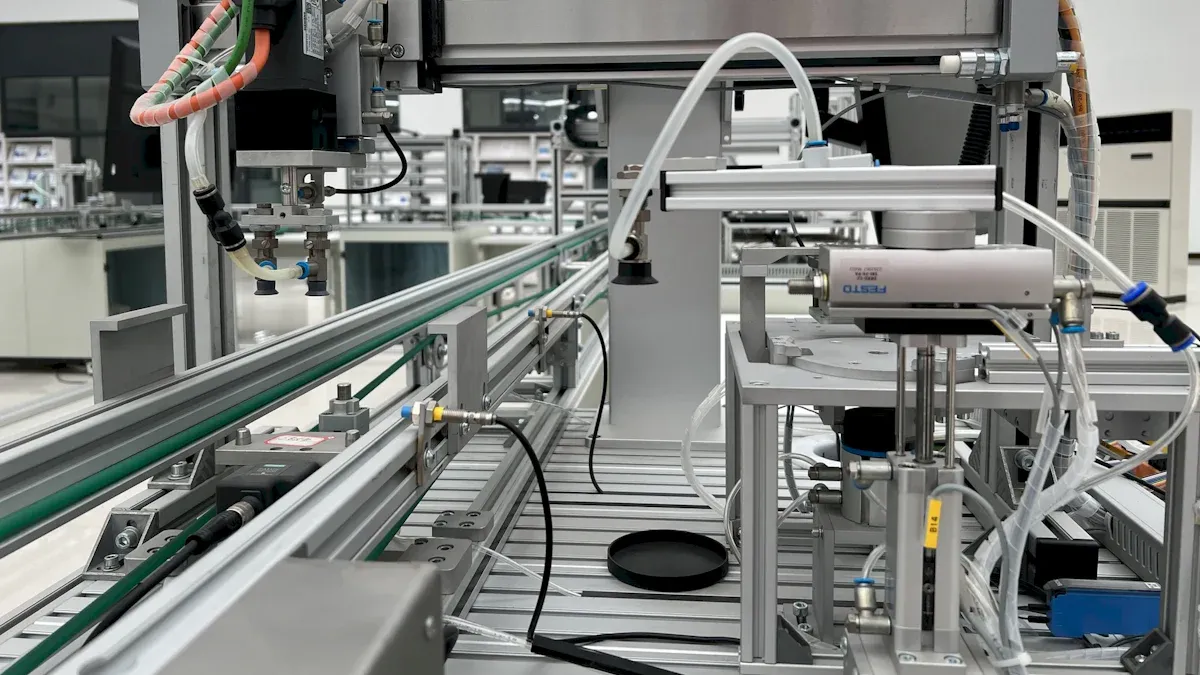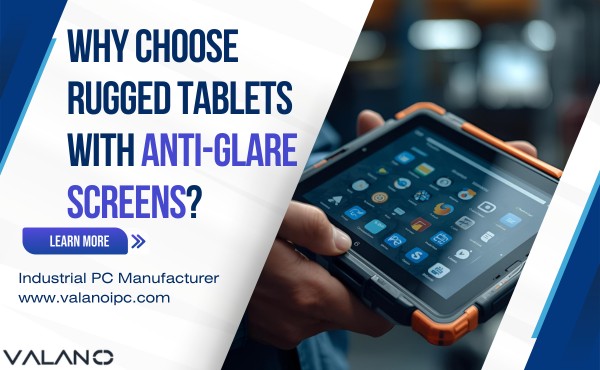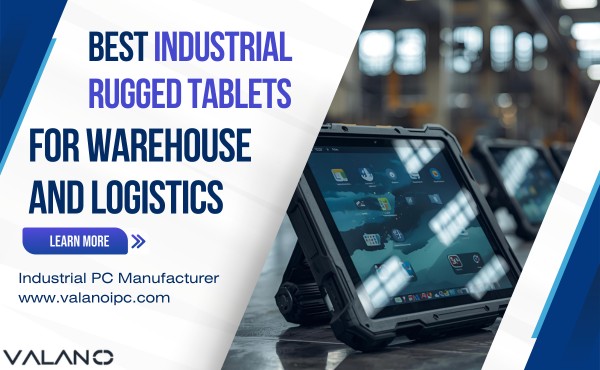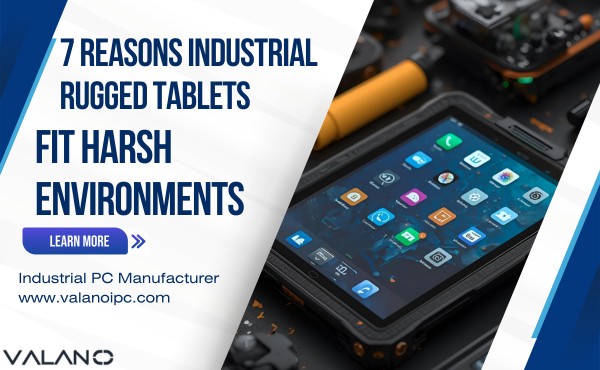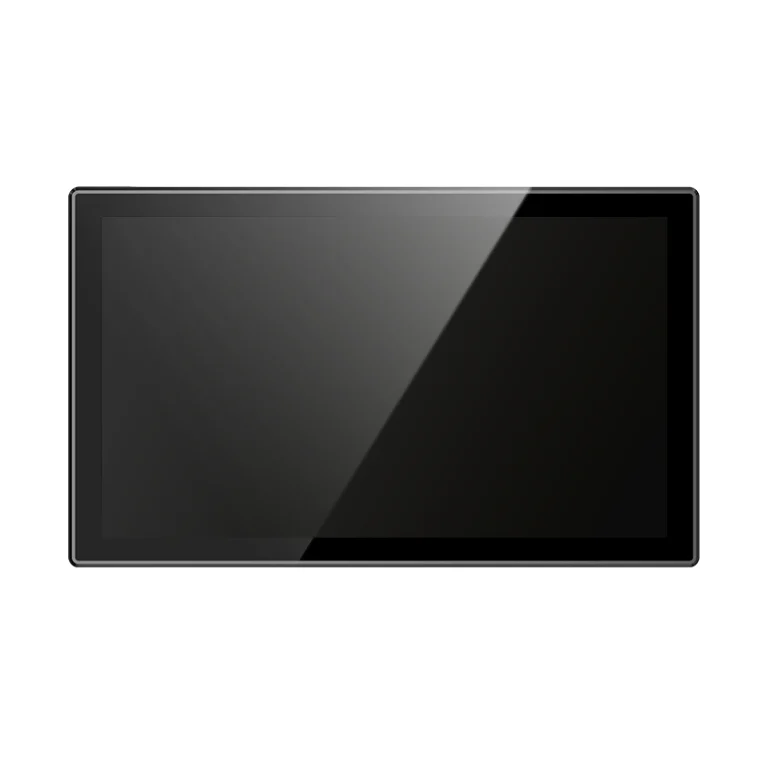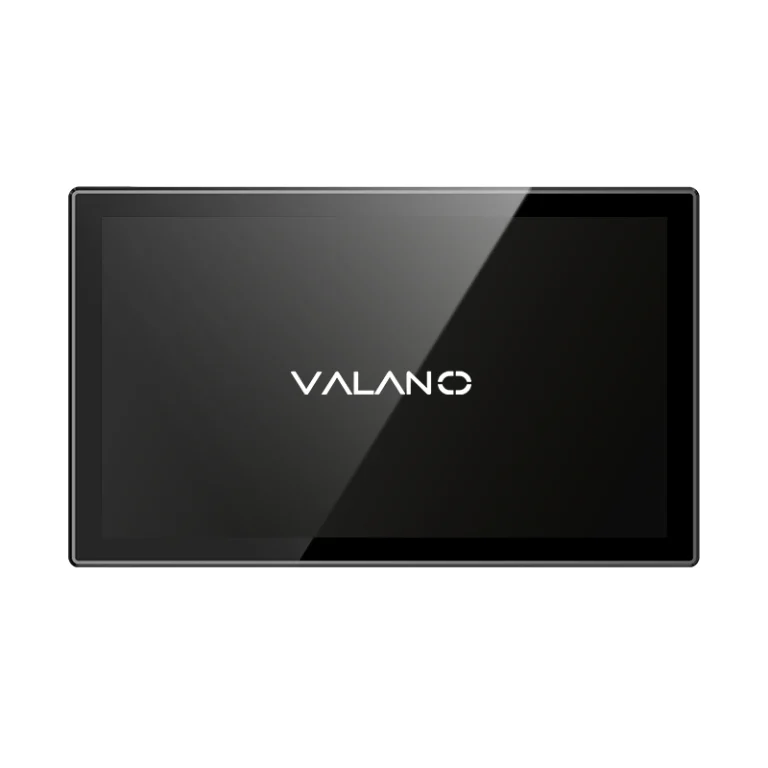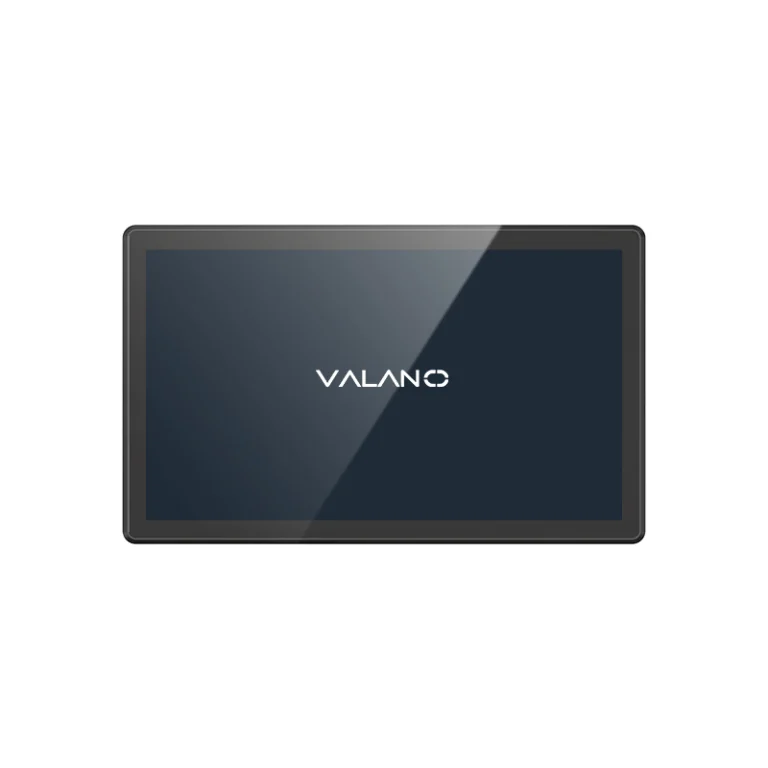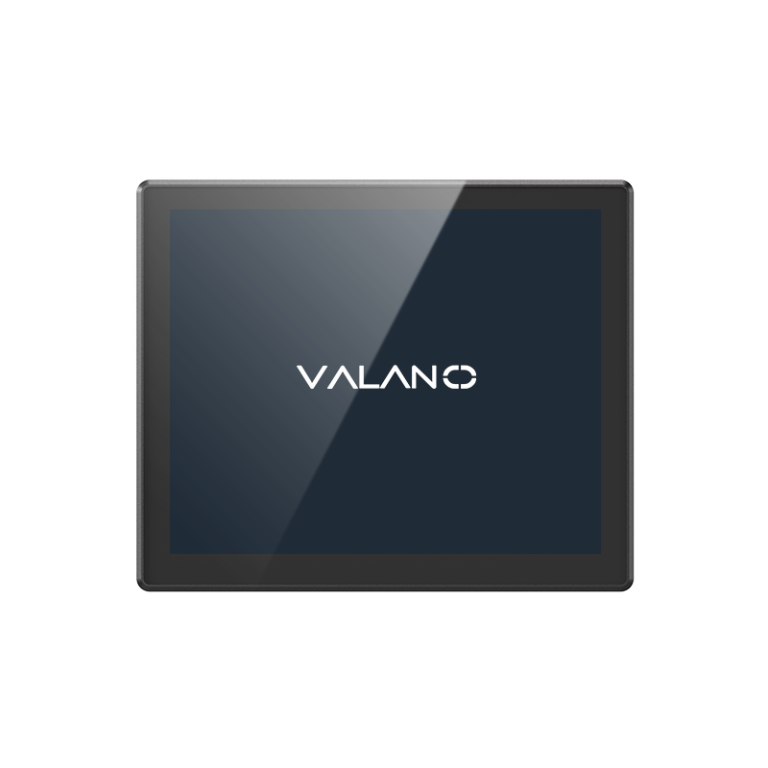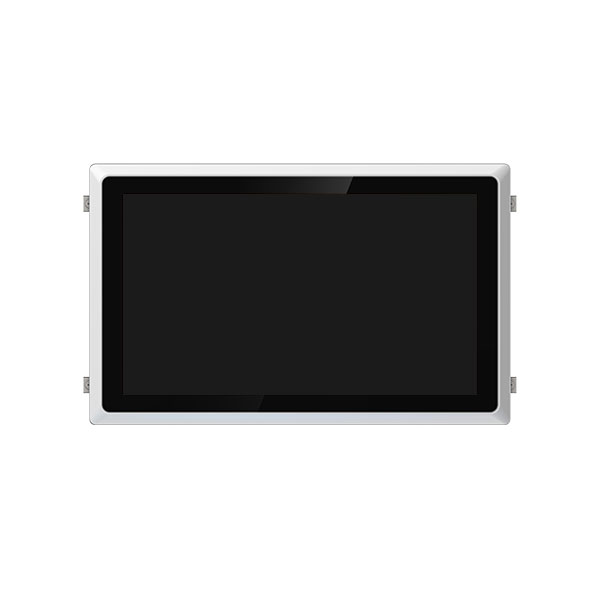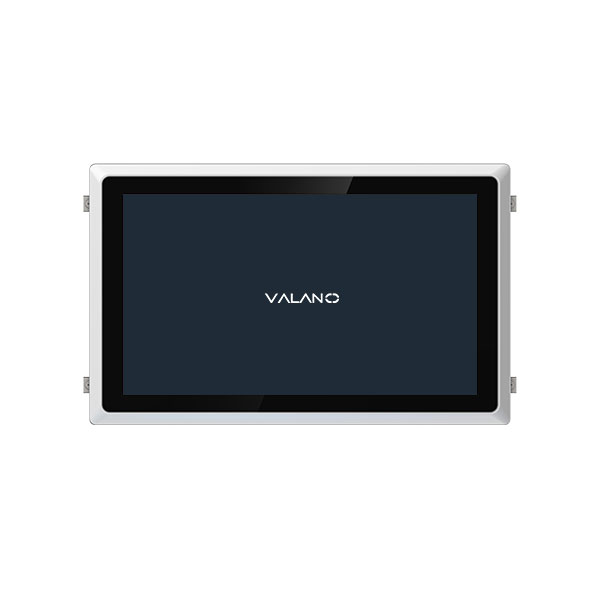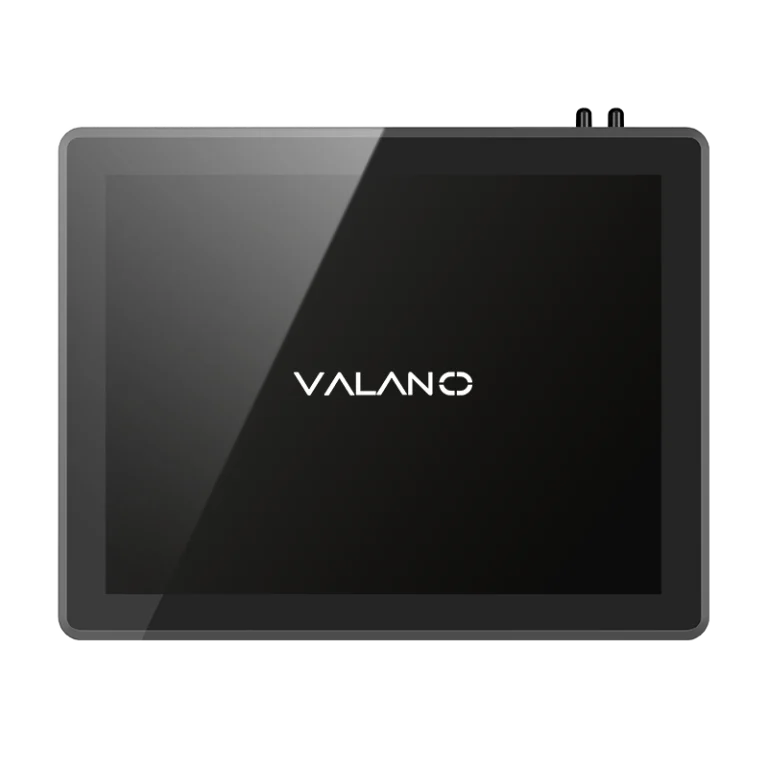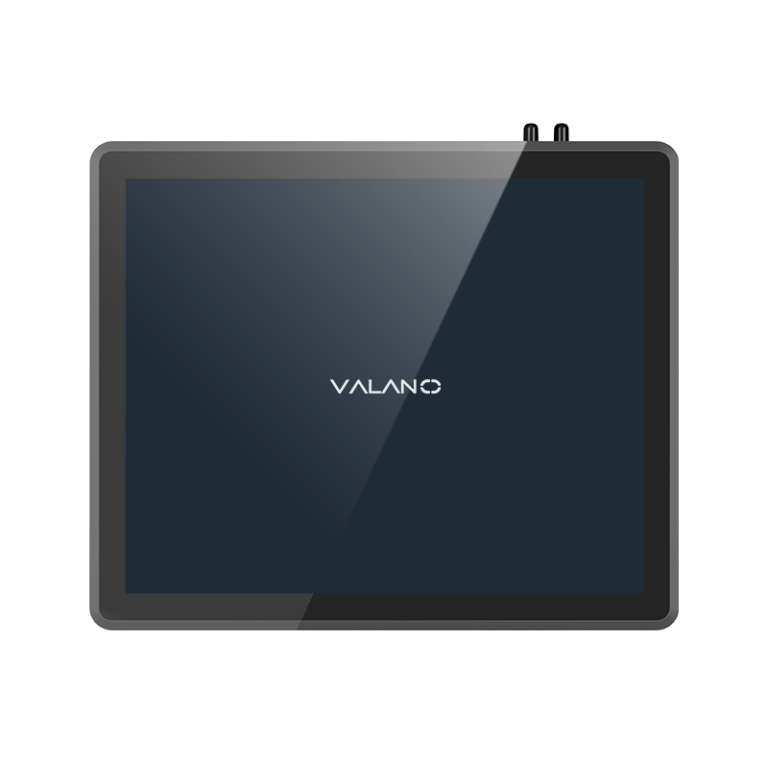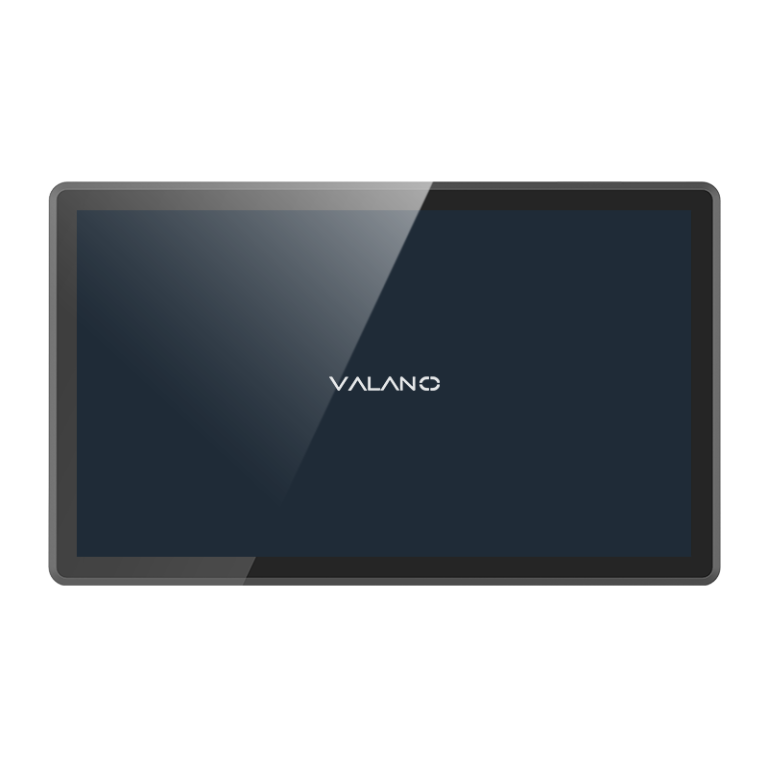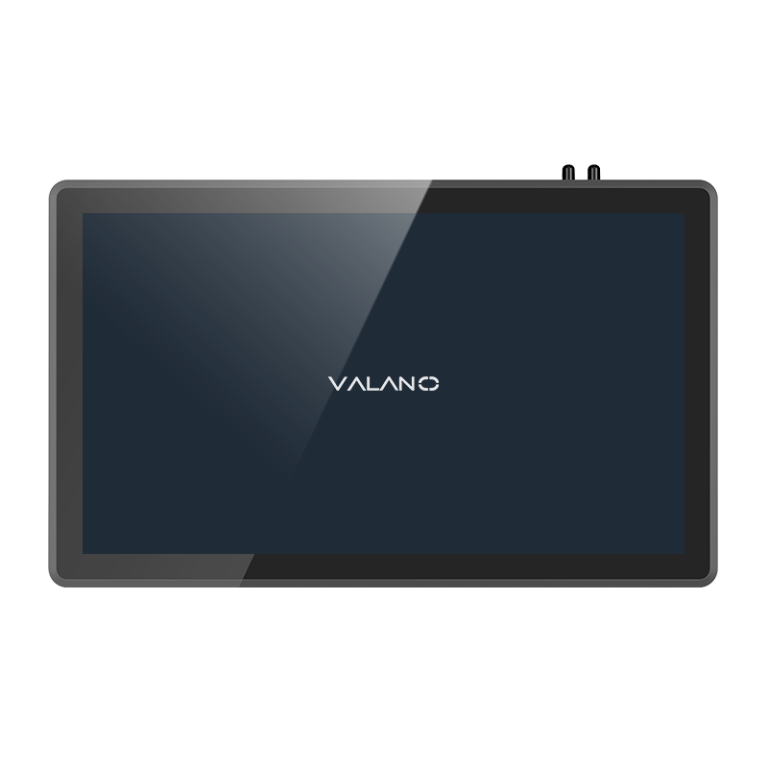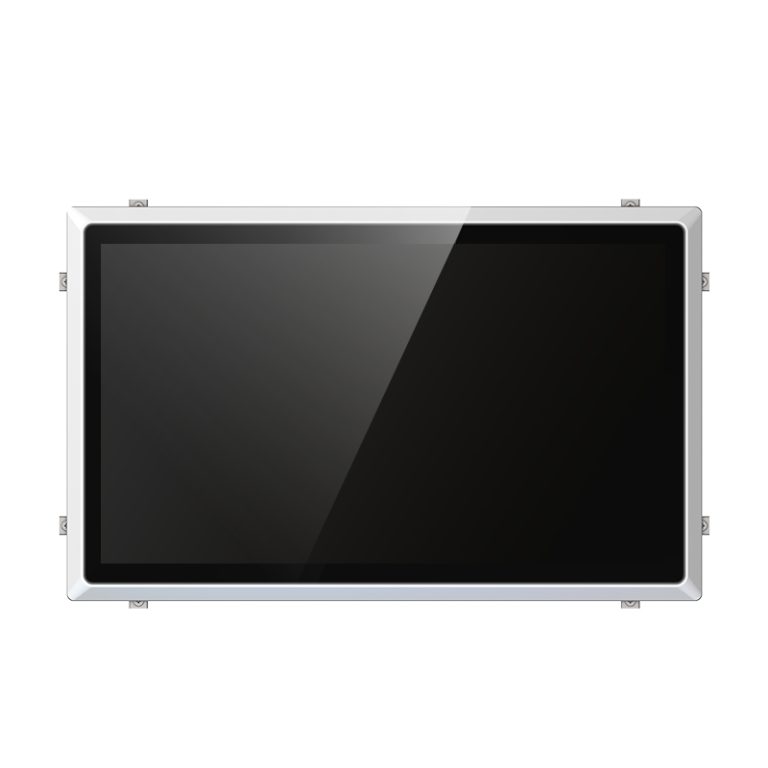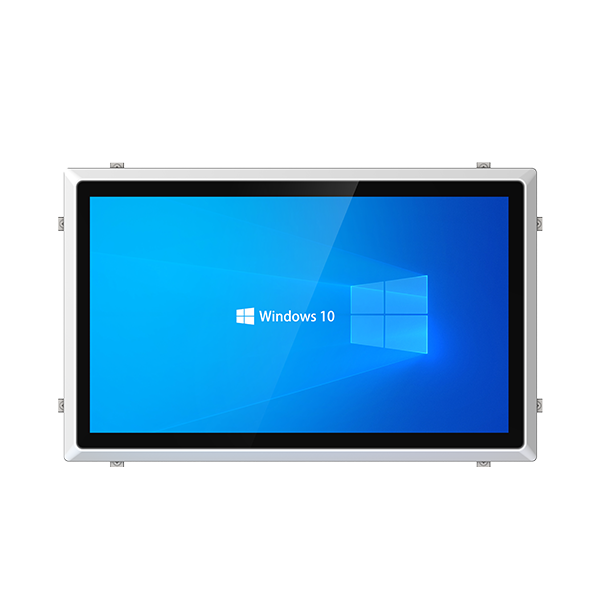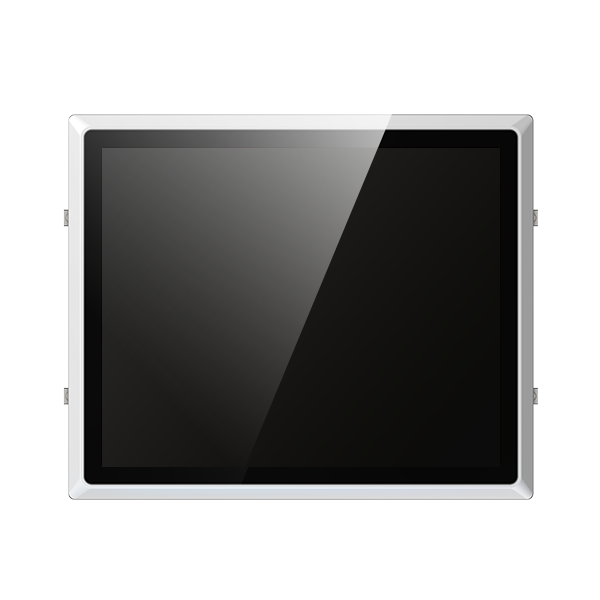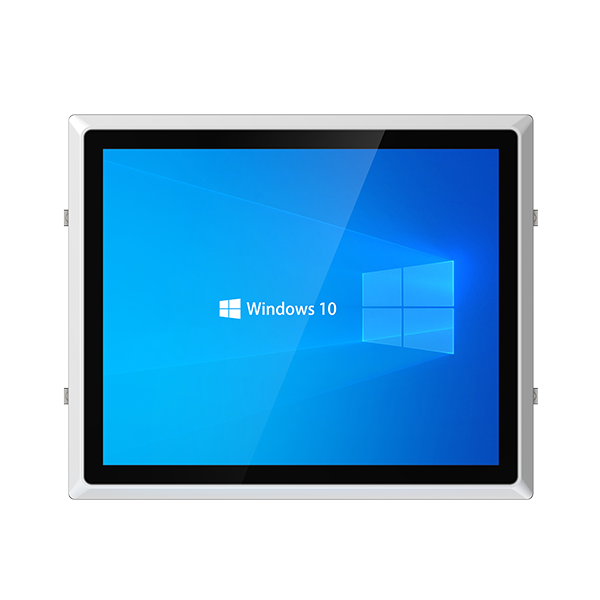In the modern food industry, operational efficiency and hygiene compliance are critical factors for maintaining consistent product quality. Panel PCs—industrial-grade, touchscreen-enabled computers—have become integral to food production environments. They provide centralized control over machinery, facilitate real-time monitoring, and support compliance with regulatory standards such as HACCP, FDA, and EHEDG.
This article provides a detailed examination of how Panel PCs improve efficiency in the food industry, highlighting key functionalities, selection criteria, and practical applications.
What is Panel PC
Definition and Core Features
A panel PC is a computer system that combines a touchscreen display and processing hardware in one unit. Manufacturers design these devices for direct interaction, often mounting them on walls or machines. Panel PCs usually feature fanless designs, which help reduce dust buildup and make cleaning easier.
Most panel PCs use industrial-grade components. These parts allow the device to operate in tough environments. Many models include stainless steel enclosures and sealed touchscreens. This construction protects the device from water, dust, and chemicals.
Key features of a panel PC often include:
- Touchscreen interface for easy operation
- Rugged housing for durability
- Wide temperature tolerance
- Multiple connectivity options (USB, Ethernet, serial ports)
- Easy mounting options
Importance in Industrial Environments
Panel PCs play a vital role in many industries. In the food industry, they help maintain strict hygiene standards. Their smooth surfaces and sealed designs allow for frequent cleaning without damage.
These computers can withstand exposure to moisture, heat, and cleaning agents. Workers can use them while wearing gloves, which is important for safety and hygiene. The touchscreen interface makes it easy to enter data and control machines.
Panel PCs also support real-time monitoring and automation. This capability helps reduce errors and improve productivity. Companies rely on these devices to keep operations running smoothly and meet regulatory requirements.
| Feature | Benefit in Food Industry |
|---|---|
| Sealed enclosure | Prevents contamination |
| Stainless steel | Resists corrosion |
| Touchscreen | Easy to use with gloves |
Challenges in Food Industry Production
Operational Inefficiencies
Many companies in the food industry still rely on manual monitoring. Workers must check machines and record data by hand. This process often leads to mistakes and missed problems.
Frequent downtime also affects production lines. Machines can stop working without warning. When this happens, teams lose valuable time and resources.
Human error remains a major challenge. Even skilled workers can make mistakes during busy shifts. These errors can cause waste and lower product quality.
Environmental and Hygiene Challenges
The food industry faces tough environmental conditions. High moisture levels and frequent temperature changes are common in production areas. Equipment must work well in these settings.
Cleaning routines in food plants use strong chemicals. These chemicals can damage regular devices. Only rugged and easy-to-clean technology can survive repeated washing.
Strict hygiene rules protect consumers and products. Companies must follow regulations that require contaminant-free equipment. Meeting these standards demands special designs and materials.
| Challenge | Impact on Production |
|---|---|
| High moisture | Equipment failure |
| Chemical exposure | Device corrosion |
| Hygiene rules | Need for special designs |
Food industry operations need solutions that handle both efficiency and hygiene. Companies look for technology that meets these demands every day.
How Panel PCs Improve Efficiency
Real-Time Monitoring
Panel PCs connect directly to PLCs, sensors, and MES or SCADA systems. This setup allows operators to see production data as it happens. Quick access to information helps teams spot problems early and fix them before they cause downtime.
Real-time monitoring also improves traceability. Workers can track every step in the process. This visibility supports better decision-making and keeps production on schedule.
Automation and Control
Panel PCs automate many repetitive tasks in the food industry. They control machines, adjust settings, and manage alarms with minimal human input. Automation reduces manual errors and keeps product quality consistent.
Operators use panel PCs to start, stop, or change production lines quickly. This flexibility helps companies respond to changes in demand. Automated control also frees up staff for more important tasks.
Hygiene and Compliance
The food industry requires strict hygiene. Panel PCs feature stainless steel construction and sealed designs. These features protect devices from water, dust, and harsh cleaning chemicals.
Many models meet IP66 or IP69K standards. This means they can handle frequent washdowns without damage. Easy-to-clean surfaces help companies follow HACCP and FDA rules for food safety.
Operator-Friendly Interface
Panel PCs offer clear displays and glove-compatible touchscreens. Workers can use them even when wearing protective gear. The simple interface reduces training time and helps new staff learn quickly.
Intuitive controls make daily tasks easier. Operators can enter data, check machine status, and respond to alerts with just a few taps. This user-friendly design boosts efficiency across the production floor.
Applications in Food Industry
Processing Plants
Panel PCs play a key role in modern processing plants. Workers use these devices to monitor mixing, cooking, and cooling steps. Operators can adjust machine settings directly from the touchscreen. This setup helps teams respond quickly to changes in recipes or production schedules. Panel PCs often mount on walls or equipment stands, keeping them accessible but out of the way. Their sealed design allows for frequent cleaning with high-pressure water or chemicals.
Packaging & Quality
In packaging areas, panel PCs help control labeling, filling, and sealing machines. Operators can check product weights and verify packaging integrity in real time. Quality control teams use these devices to log inspection results and track defects. The touchscreen interface speeds up data entry and reduces paperwork. Panel PCs also support barcode scanning and automated rejection of faulty products. Their smooth surfaces make it easy to remove food particles and prevent contamination.
| Application | Benefit |
|---|---|
| Labeling control | Accurate product info |
| Quality checks | Fewer manual errors |
| Data logging | Better traceability |
Supply Chain
Panel PCs support inventory management and logistics in the food industry. Workers use them to track raw materials, finished goods, and shipments. Real-time updates help teams avoid shortages and overstock. These devices connect with warehouse systems and handheld scanners. Their rugged build allows use in cold storage or loading docks. Frequent cleaning does not damage the screens or enclosures, which keeps operations safe and efficient.
Business Impact
Downtime Reduction
Panel PCs help food companies reduce unplanned downtime. Operators can monitor equipment status in real time and respond quickly to alerts. This fast response prevents small issues from turning into major breakdowns.
Many panel PCs support predictive maintenance. The system collects data from machines and identifies patterns that signal wear or failure. Maintenance teams can schedule repairs before equipment stops working.
Faster Decisions
Panel PCs provide instant access to production data. Managers and operators see live updates on screen. This visibility allows teams to make quick decisions during busy shifts.
A clear interface shows key performance indicators, such as temperature, speed, and batch progress. Teams can adjust settings or reroute products without delay. Fast decision-making keeps production lines running smoothly.
| Decision Area | Panel PC Benefit |
|---|---|
| Quality Control | Immediate feedback |
| Production Speed | Real-time adjustments |
| Inventory | Up-to-date tracking |
Cost Savings
Panel PCs help companies save money in several ways. Automation reduces the need for manual labor and lowers the risk of human error. Consistent processes mean less waste and fewer rejected products.
Rugged panel PCs last longer in harsh environments. Companies spend less on repairs and replacements. Energy-efficient designs also help lower utility costs.
- Lower labor costs
- Fewer product recalls
- Reduced equipment downtime
Selecting the Right Panel PC for Food Production
Key Technical Considerations
Size
Panel PCs come in many sizes. Food plants should select a screen size that fits the workspace and allows easy viewing. Larger screens help operators see more data at once.
Touchscreen Type
Touchscreens must work with gloves. Resistive and capacitive touchscreens both offer benefits. Capacitive screens provide better clarity, while resistive screens work well with thick gloves.
IP Rating
A high IP rating protects against water and dust. Most food industry panel PCs have at least IP66 or IP69K ratings. These ratings ensure the device survives frequent washdowns.
Stainless Steel Grade
Stainless steel prevents rust and corrosion. Grades like 304 and 316 offer strong protection. Grade 316 resists harsh chemicals better, making it ideal for tough cleaning routines.
Connectivity
Panel PCs need reliable connections to other systems. Common options include USB, Ethernet, and serial ports. Wireless connectivity can also support flexible installation.
Environmental and Operational Considerations
Temperature Range
Food plants often have extreme temperatures. Panel PCs must operate in cold storage or hot processing areas. Wide temperature tolerance ensures reliable performance.
Cleaning Frequency
Frequent cleaning is standard in food production. Devices must withstand daily or even hourly washdowns. Sealed designs and smooth surfaces make cleaning easier.
Integration with Existing Production Systems
Panel PCs should connect with current machines and software. Compatibility with PLCs, MES, and SCADA systems is essential. Smooth integration reduces setup time and errors.
System Integration
Successful implementation depends on seamless system integration. Technicians must connect panel PCs to sensors, controllers, and networks. Proper setup ensures real-time data flow and process control.
Training & Support
Operators need training to use new panel PCs effectively. Clear instructions and hands-on practice help staff adapt quickly. Ongoing technical support keeps systems running and reduces downtime.
Conclusion
Panel PCs enhance operational efficiency in the food industry by combining robust industrial design with real-time monitoring, automation, and regulatory compliance support. Key advantages include:
- Reduction in downtime and manual errors
- Enhanced hygiene and regulatory compliance
- Streamlined operations and improved production throughput
For food industry facilities, investing in the right Panel PC is a strategic decision that directly impacts productivity, quality, and operational reliability.

